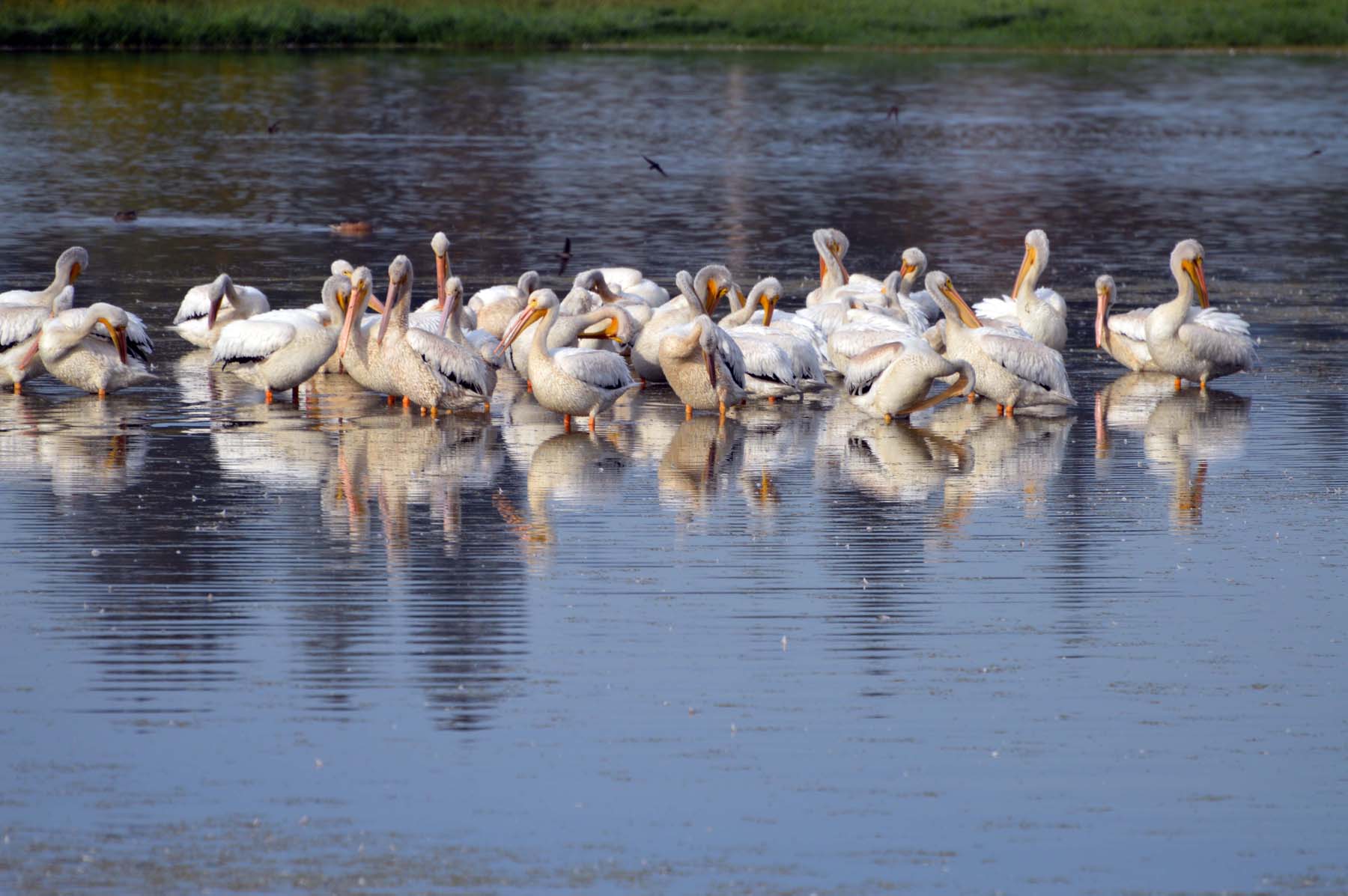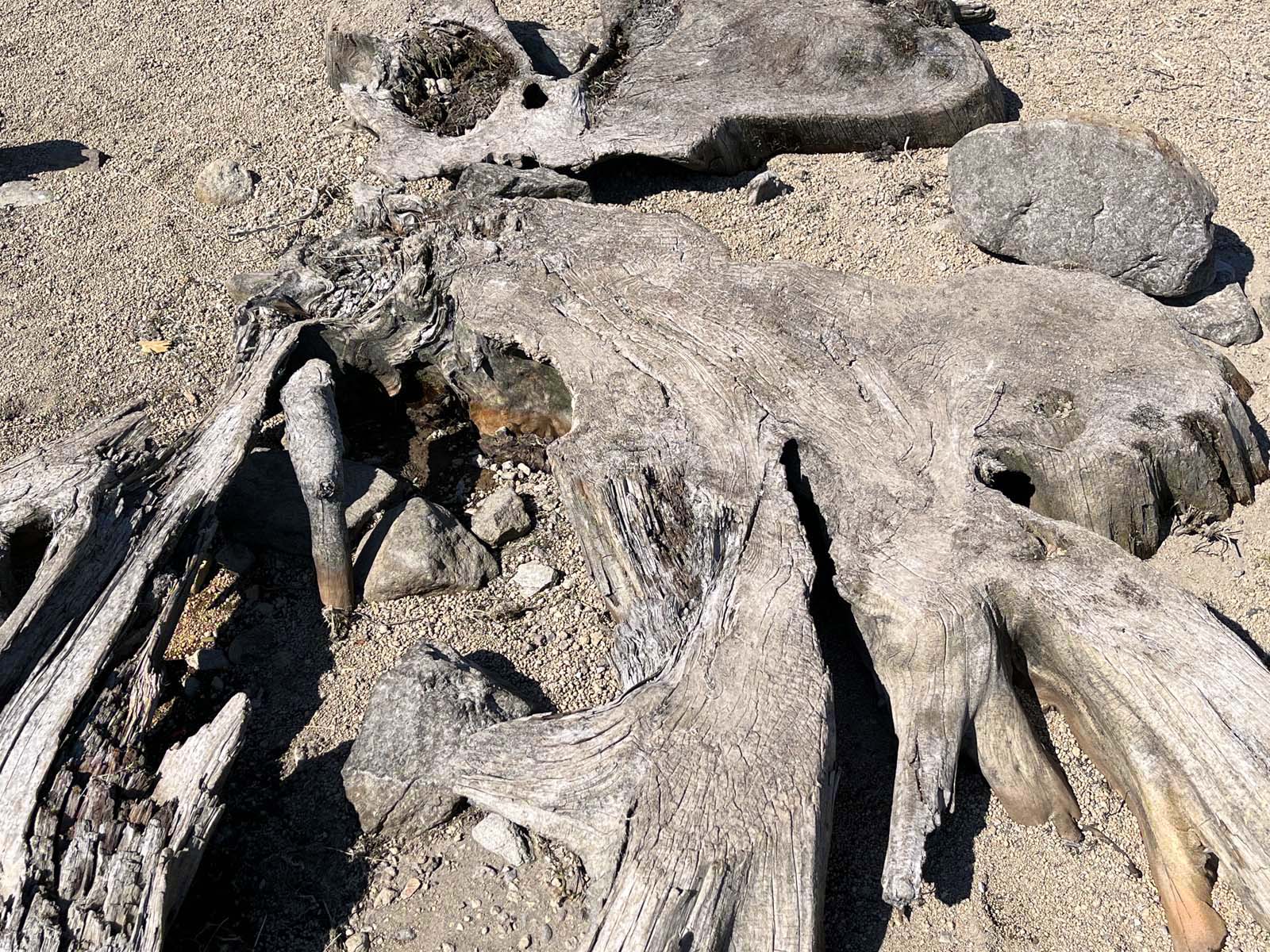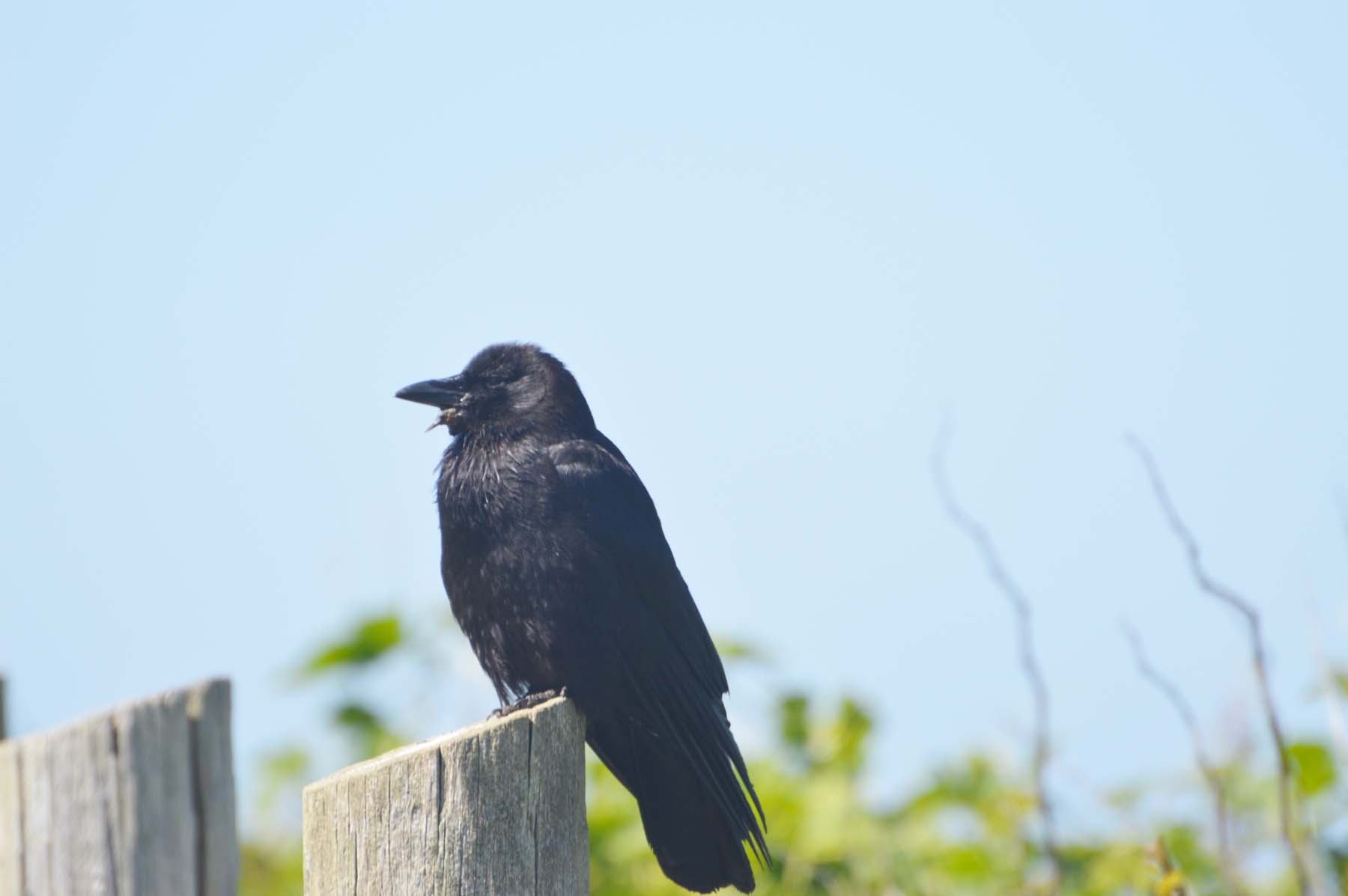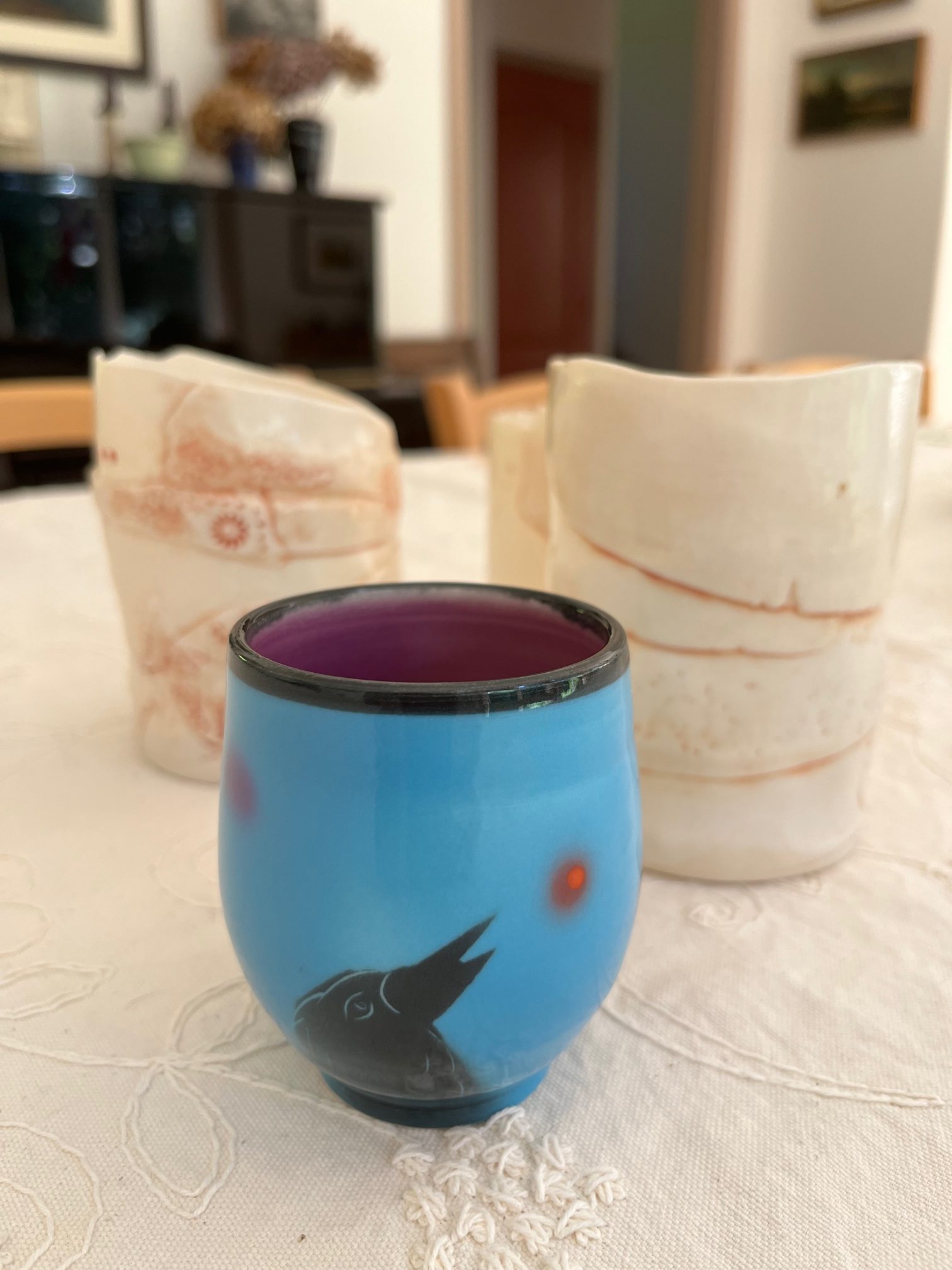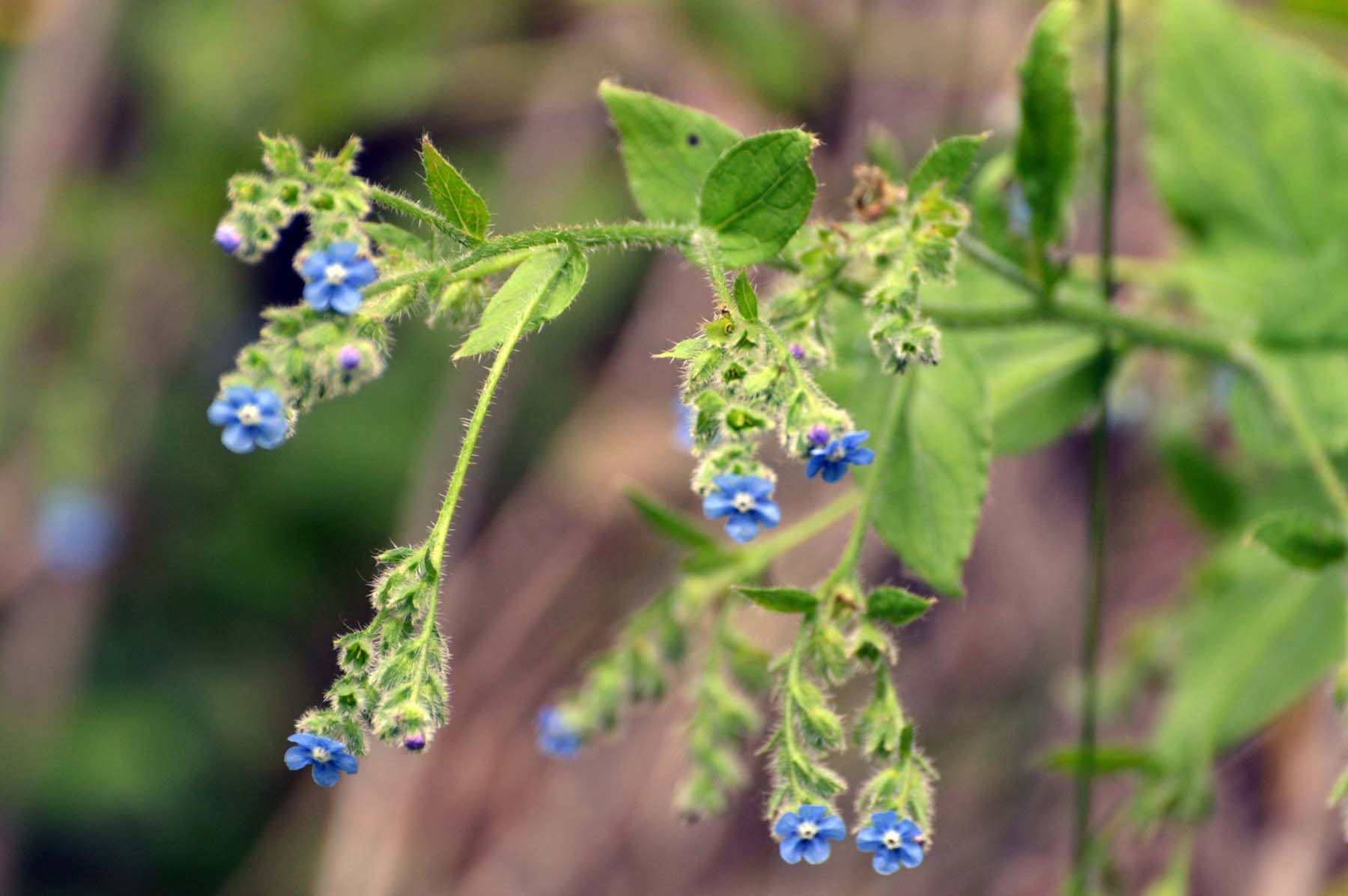Two weeks ago I spent an afternoon at a gray, empty beach. Associations to the metaphoric bleakness of the world at large were hard to avoid. Nor was the thought about how perceptually the world seems increasingly gray, compared to what it once was.



Just look at cars. So many more are white and gray now. (Understandably, given that white cars are cheaper than the rest, since they don’t charge for that coat of laquer otherwise added.)




Or look at interior design. Neutral colors, shades of beige and gray, dominate the domain, with gray carpets being preferred over every other hue. 2023 color of the year for walls prediction, for example, is something called Blank Canvas, to be combined with the shades below.

It is the successor to the 2022 winner Evergreen Fog, a subtle greenish-gray hue which was supposed to be paired with this:


And before you worry, “Oh no, another lament coming up,” rest easy – it’s going to end on a positive note! Hah!




Some of the most soothing houses I know have a gray-scale palette and look smashing. Today is not about judging color taste, it’s about documenting change across time – and wondering why we don’t select strong saturated colors to combat am increasingly bleak world, instead of nesting in neutrals, as calming as they are supposed to be.





Some people have looked at the ways colors are distributed across time, from a scientific perspective. Here are data from an analysis of objects from the British Science Museum Group Collection, searching objects and archives from the Science Museum, Science and Industry Museum, National Science and Media Museum, National Railway Museum and Locomotion.
(As a basis for comparison I added the template below.)

7000 photographs of objects across 21 categories were computer analyzed for shapes, color and texture. The most common color found? Dark charcoal gray. Here is a graph of how colors have changed over time. The most notable trend is the rise in gray over time (just look at the upper right corner.)







Part of that has to do with the materials used. Wood, early on, obviously provided reds, browns and beiges. Metal and plastic, now prevalent, tend toward black and grey. Earlier materials also had a tendency to decay, and attempts to prevent that led to interesting colors. Gold pocket watches, for example, had screws that tended to rust. A procedure called “blueing screws”, basically heating them up, stopped the decay and added a blue tinge to the screws/watches.

There is hope, though. Fashion’s darlings black or charcoal gray and white are predicted to be replaced this fall by this:





Of course, there is always a fall-back option for the less daring….

And then there is this – I guess we can delight in platypus-type boots replacing high heels. The short videoclip is strangely amusing.
Let’s return to my beach perceptions, though. Before giving in to the desolate notion of a washed out world, I reminded myself of Jack Gilbert’s call (bolded by me in the relevant stanza below.) We must risk delight. Can’t go on with just wailing. So I directed the camera at every speck of color found or provided, grateful to nature (and my sneakers) that they came through for me, once again.


A Brief for the Defense
Sorrow everywhere. Slaughter everywhere. If babies
are not starving someplace, they are starving
somewhere else. With flies in their nostrils.
But we enjoy our lives because that’s what God wants.
Otherwise the mornings before summer dawn would not
be made so fine. The Bengal tiger would not
be fashioned so miraculously well. The poor women
at the fountain are laughing together between
the suffering they have known and the awfulness
in their future, smiling and laughing while somebody
in the village is very sick. There is laughter
every day in the terrible streets of Calcutta,
and the women laugh in the cages of Bombay.
If we deny our happiness, resist our satisfaction,
we lessen the importance of their deprivation.
We must risk delight. We can do without pleasure,
but not delight. Not enjoyment. We must have
the stubbornness to accept our gladness in the ruthless
furnace of this world. To make injustice the only
measure of our attention is to praise the Devil.
If the locomotive of the Lord runs us down,
we should give thanks that the end had magnitude.
We must admit there will be music despite everything.
We stand at the prow again of a small ship
anchored late at night in the tiny port
looking over to the sleeping island: the waterfront
is three shuttered cafés and one naked light burning.
To hear the faint sound of oars in the silence as a rowboat
comes slowly out and then goes back is truly worth
all the years of sorrow that are to come.
by Jack Gilbert











And here is another message to the soul – in E major!




